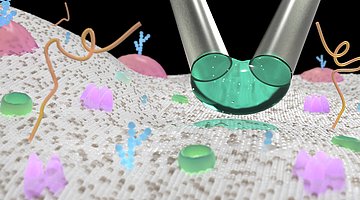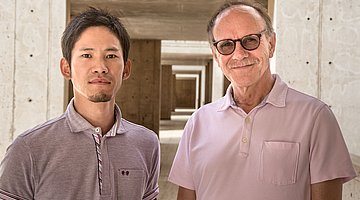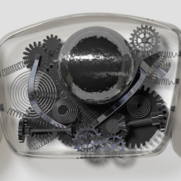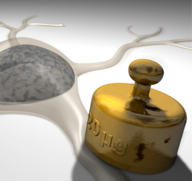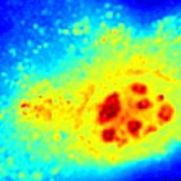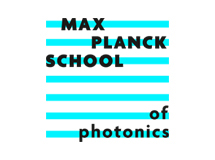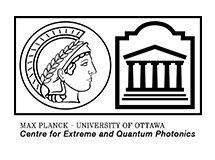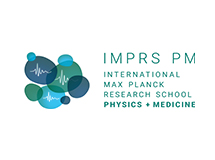Welcome to the website of Biological Optomechanics Division
Cells are the basic entities of biological systems. They have particular physical properties, which enable them to navigate their 3D physical environment and fulfill their biological functions. We investigate these physical – mechanical and optical – properties of living cells and tissues using novel photonics and biophysical tools to test their biological importance. Our ultimate goal is the transfer of our findings to medical application in the fields of improved diagnosis of diseases and novel approaches in regenerative medicine.
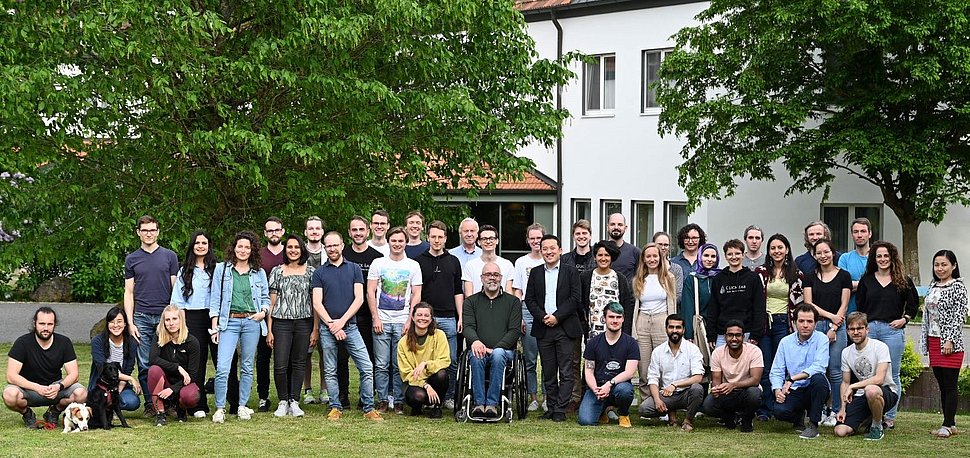
Contact
For all general inquiries, please contact us at:
Guck Division
Max Planck Institute for the Science of Light
Staudtstr. 2
D-91058 Erlangen, Germany
guck-office@mpl.mpg.de
Tel: +49-9131-7133-501
Fax: +49-9131-7133-990
The Max Planck Institute is located right next to the Science Campus of the Friedrich-Alexander-University Erlangen-Nuremberg, on its northern edge. See the information page on how to find us.


